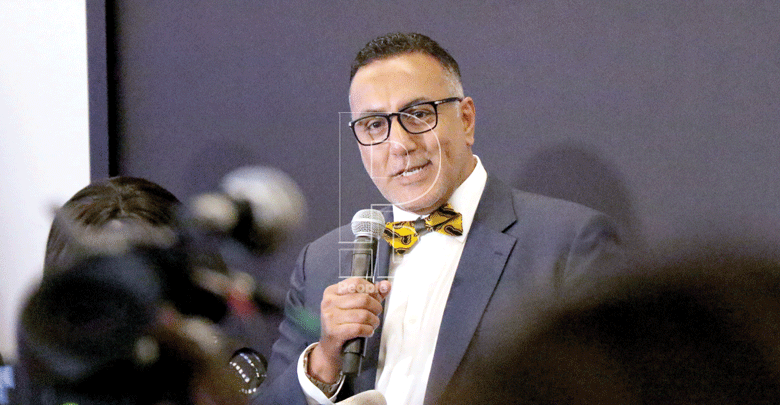Global research station changed to conservancy

The 32,000-acre International Livestock Research Institute (ILRI) Kapiti Research Station will now become a wildlife conservancy following an agreement with the government.
Located in Machakos County, the conservancy has an abundance of wildlife and cattle in an area where research work on livestock and animal diseases has been going on for decades.
The new conservancy to be known as Kapiti Wildlife Conservancy borders the Nairobi National Park as well as the Swara Plains Conservancy.
The latter has also signed an agreement with the government.
Following the agreement signed by Tourism Cabinet Secretary Najib Balala recently, the two conservancies will help conserve wildlife as well as provide a corridor for game to move from the Nairobi National Park to the west and the Athi-Kapiti plains to the east.
“Nairobi National Park is not big enough to meet the ecological requirements of its wildlife population.
Land from the two conservancies will allow movements along these corridors,” said Balala when he handed over the certificate of registration to officials of ILRI and Swara Conservancy.
“We know that urbanisation and land encroachment are drivers of disease spill-over from wildlife to humans.
In this commitment, ILRI will enhance the movement of wildlife and also support government’s effort to preserve biodiversity,” observed Dr Jimmy Smith, ILRI’s director general.
In the Kapiti Station, researchers have been working on developing vaccines for diseases at the wildlife-livestock interface such as malignant catarrhal fever, caused by a virus during the wildebeest calving seasons, which affects cattle.
More recently, ILRI with its partners have been able to set up East Africa’s first international standard land surface validation equipment provided US National Aeronautics and Space Administration (NASA) and their global partners.
The equipment will help predict pest and disease outbreaks amongst other valuable information.
Smith also highlighted the value of rangelands in Kenya. “Rangelands make up roughly one-third of earth’s terrestrial surface and are indispensable to both wildlife and livestock,” he said.
Researchers note that rangelands are more critical in eastern and southern Africa where wildlife and livestock compete for land, edible vegetation and water resources or are managed together.
The conservancy is expected to support the government of Kenya Ministry of Tourism and wildlife to expand access of the Nairobi National Park and facilitate collaboration and training with the Wildlife Training Institute to tackle critical issues at the wildlife-livestock interface.











